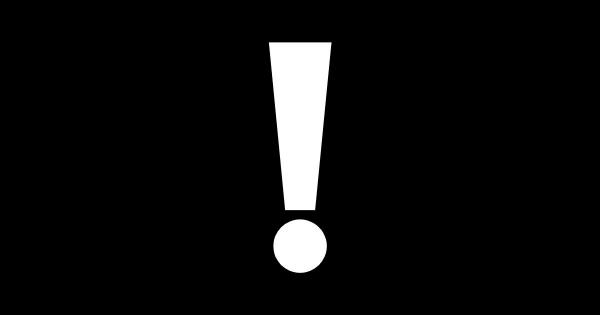
Hungary: a last-minute change in HGV driving bans
The Hungarian Ministry of Transport has partially suspended the HGV driving ban during the upcoming long weekend by establishing so-called \”time windows\” when the movement of HGVs with a MAM above 7.5t is allowed.
The weekend driving ban will be in force for a total of 72 hours but will be suspended from 10:00 PM to 6:00 AM, as indicated below:
❌ March 29 (Friday) from 6:00 AM to 10:00 PM
❌ March 31 (Sunday) from 6:00 AM to 10:00 PM
❌ April 1 (Monday) from 6:00 AM to 10:00 PM.
In a statement, the Ministry has informed that the partial derogation has been introduced to ensure an uninterrupted supply of goods and meet an increased demand. Unfortunately, the decision was announced just a few hours before the time the regular holiday driving ban should come into effect this evening.
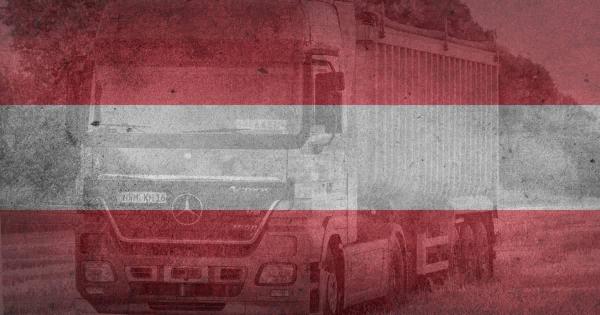
Austria: spring HGV driving bans on the A10
Based on forecasts of traffic intensity, the Austrian Minister for Climate Protection, Environment, Energy, Mobility, Innovation and Technology has decided to introduce a driving ban for transit HGV traffic during three weekends following Pentecost until the beginning of June and during one weekend in June (June 21 and 22).
The ban applies to vehicles, articulated vehicles or veciles with trailers, whose GVW exceeds 7.5 t travelling along the A10 motorway
❌ on Fridays from May 17 to May 31 and on Friday, June 21, from 1:00 PM to 7:00 PM.
❌ on Saturdays from May 18 to June 1 and on Saturday, June 22, from 7:00 AM to 3:00 PM.
1. on the southbound carriageway in the direction of Villach between the Salzburg intersection (where the A10 branches off the A1) and the Pongau intersection, if the destination of the journey is in Italy or Slovenia or has to be reached via Italy or Slovenia and
2. on the northbound carriageway in the direction of Salzburg, between the Rennweg junction and the Golling junction, if the destination of the journey is located in Germany or the Czech Republic, or has to be reached via Germany or the Czech Republic.
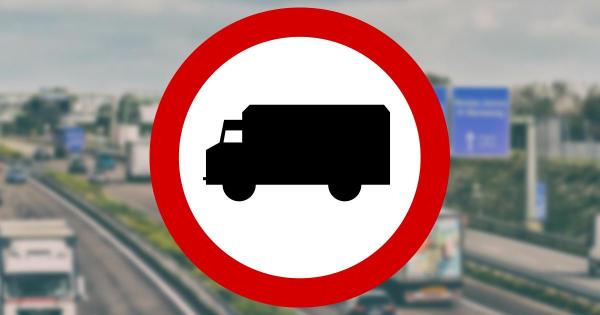
Hungary: an advance notice about a change in the HGV driving ban
In response to a request from the Association of Hungarian Road Transporters (MKFE), the Ministry of Transport has partially suspended the HGV driving ban during the upcoming long weekend (Pentacost) by establishing a ‘time window’ when the movement of HGVs with a MAM above 7.5t is allowed
As a result, the HGV driving will not start at 10:00 PM on Saturday, May 18, as would normally be the case, but at 6:00 on Whit Sunday, May 19 and will last until 10:00 PM, when the second time window will start until 6:00 AM on Whit Monday. The HGV ban will then be in effect all day until 10:00 PM.
In other words, the HGV driving ban applies on:
⏩ May 19 (Whit Sunday) from 6:00 AM to 10:00 PM,
⏩ May 20 (Whit Monday) from 6:00 AM to 10:00 PM,
Thanks to the relaxation HGV drivers have two 8-hour night breaks in the driving ban, during which they can continue driving instead of having to wait in the parking lot from Saturday to Monday evening. More information about HGV driving bans and derogations from these bans that are in effect in different countries can be found at www.trafficban.com.

Hungary: New night time window for trucks for the May 1 holiday
The Hungarian Ministry of Transport has partially suspended the HGV driving ban on May 1 by establishing a ‘time window’ when the movement of HGVs with a GVW above 7.5 t is allowed.
This means that the HGV driving ban will NOT start at 10:00 PM on Tuesday, April 30, but at 06:00 AM on Wednesday, May 1. In a statement, the Ministry has informed that the partial derogation has been introduced to ensure an uninterrupted supply of goods and meet an increased demand.
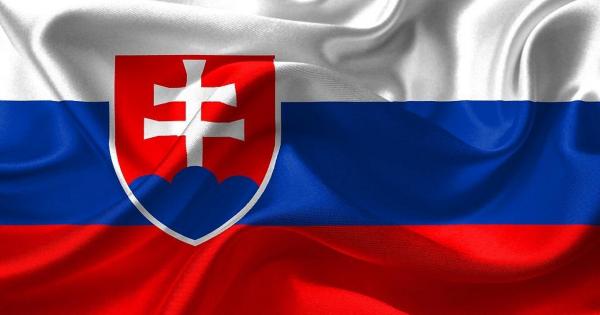
Slovakia: derogation from the HGV driving ban on May 1 and 8
At the request of ČESMAD Slovakia, the Slovakian Presidium of the Police Force has granted a general exemption from the driving ban on Wednesday, May 1 and 8, in connection with the upcoming Easter holidays.
The derogation applies to all heavy goods vehicles traveling on motorways, roads for motor vehicles, 1st class roads and roads used by international traffic, entering Slovakia and travelling to destinations (e.g. the company’s base or the place of unloading) located in Slovakia.
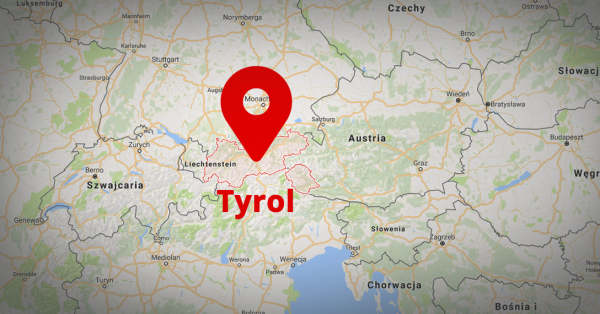
Tirol: 40 days with limited cross-border HGV traffic in 2024
The practice of limiting HGV traffic has been criticized on numerous occasions by international organizations, but the Tirol authorities remain adamant that the measure is necessary. The calandar of HGV restrictions for the second half of 2024 has just been published.
As in previous years, the Austrian authorities have set up a checkpoint on the A12 near Kufstein Nord in the direction of Innsbruck. On specific days listed in the restriction schedule (below), starting from 05:00 AM the police will slow down HGV traffic and, if necessary, will stop it in order to make sure that only about 300 lorries arriving from Germany are allowed to cross the border per hour.
There were 41 such days last year. This year, 24 days with restrictions have been planned in the first half of theyear, and 16 in the second half. The calendar has been established after an analysis indicating the high likelihood of heavy HGV traffic along the Inn Valley on these days.
HGV traffic restrictions in Tirol in 2024:
➡ March 28 (Thursday)
➡ April 26 (Friday)
➡ May 2 (Thursday)
➡ May 3 (Friday)
➡ May 6 (Monday)
➡ May 7 (Tuesday)
➡ May 8 (Wednesday)
➡ May 10 (Friday)
➡ May 17 (Friday)
➡ May 18 (Saturday)
➡ May 21 (Tuesday)
➡ May 22 (Wednesday)
➡ May 23 (Thursday)
➡ May 27 (Monday)
➡ May 28 (Tuesday)
➡ May 29 (Wednesday)
➡ May 31 (Friday)
➡ July 1 (Monday)
➡ July 8 (Monday)
➡ July 15 (Monday
➡ July 22 (Monday)
➡ July 29 (Monday)
➡ October 4 (Friday)
➡ October 28 (Monday)
➡ November 5 (Tuesday)
➡ November 6 (Wednesday)
➡ November 13 (Wednesday)
➡ November 20 (Wednesday)
➡ November 27 (Wednesday)
➡ December 3 (Tuesday)
➡ December 4 (Wednesday)
➡ December 10 (Tuesday)
➡ December 11 (Wednesday)
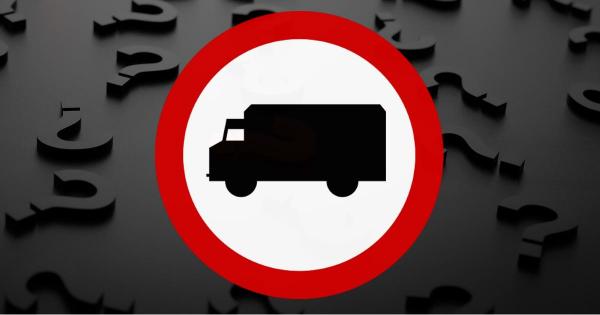
The driving bans do not apply to all vehicles in the same way.
Each country introduces exceptions for special circumstances and particular needs of the transport industry.
Exceptions to HGV driving bans in Europe are an important way of ensuring the smooth flow of road traffic and the effective operation of various sectors of the economy. These exceptions can apply in various situations and are subject to specific conditions and regulations.
AUSTRIA
CROATIA
CZECH REPUBLIC
FRANCE
GREECE
LIECHTENSTEIN
LUXEMBOURG
GERMANY
POLAND
ROMANIA
SLOVAKIA
SLOVENIA
HUNGARY
ITALY

France lifts one of the driving bans in May, but increases the number of summer driving bans
French authorities have lifted the driving ban on May 9 and as well as additional driving bans in the for certain HGVs with a GVW above 7.5 tons.
This means that driving bans for HGVs with a GVW above 7.5 tons introduced in the ordinance issued on April 16, 2021 do not apply on Thursday, May 9, from 00:00 to 10:00 PM.
The following additional driving bans apply in the summer to:
❌ I. vehicles or combinations of vehicles with a GVW above 7.5 tons, used for transporting goods with the exception of specialized and agricultural vehicles and equipment specified in Annex II to the ordinance issued on April 16, 2021, on the entire metropolitan road network, from 7:00 AM to 7:00 PM, on Saturdays, July 6, July 20, July 27, August 3, August 10, August 17 and August 24.
❌ II. The driving bans listed in item I do not apply on Saturday, July 6, in the following regions:
◾ Bourgogne-Franche-Comté and Grand Est, with the exception of the A6 and A31 motorways (towards Lyon and Beaune respectively), where the movement of such vehicles is prohibited;
◾ Hauts-de-France, with the exception of the A1 and A16 motorways (towards Paris), where the movement of such vehicles is prohibited because of their connections with the A29 motorway (southern connection with the A16 motorway).
❌ III. The prohibitions listed in point I do not apply on Saturday, August 24, in the following regions:
◾ Bourgogne-Franche-Comté and Grand Est, with the exception of the A6 and A31 motorways (towards Paris and the border with Luxembourg respectively), where the movement of such vehicles is prohibited;
◾ Hauts-de-France, with the exception of the A1 and A16 motorways (towards Lille and towards the Belgian border respectively), where the movement of such vehicles is prohibited as far as their junctions with the A29 motorway (southern connection with the A16).

Closure of the Arlberg tunnel – diversions for HGV traffic
The second renovation of the Arlberg Tunnel on the S16 expressway starts on April 15 and is scheduled to last until November 22. In addition, ASFINAG is renewing the St. Jakob toll booth and the entire toll area. As a result, HGV traffic must use diversion routes with the exception of vehicles that are eligible for exemptions.
❌ Alternative routes
As soon as the tunnel is closed, the B197/L197 road throught the Arlberg Pass will serve as the regional diversion route. Traffic congestion and delays are expected along this route, especially on weekends, which is why drivers are advised to allow addtional time for the journey or tuse one of the alternative routes listed below.
❌ The alternative routes during the closure of the Arlberg Tunnel:
◾ the B 197/L 197 road
◾ the route via Rosenheim to Munich (Germany)
◾ the road through the St. Gotthard tunnel (Switzerland)
◾ the road through the San Bernardino tunnel (Switzerland)

❌ Who is allowed to use the B 197/L 197 road through the Arlberg Pass?
While the Arlberg Tunnel is closed, trailers and articulated vehicles are generally prohibited from using the B 197/L 197 road and have to use alternative routes. However, vehicles whose point of departure or destination are located in communes listed below are allowed to use the B 197/L 197 road. No special permission is required to benefit from the exemption. It should be remembered that lorries with trailers and articulated vehicles are generally prohibited from driving at weekends (from 9:00 AM on Saturdays, to 10:00 PM on Sundays).
❌ Exceptions
◾ Lorries with trailers and articulated vehicles are allowed to use the B 197/L 197 road from 10:00 PM on Sundays to 9:00 AM on Saturdays, if the journeys comply meet the following requirements:
Originating /terminating traffic: if the point of departure or the destination is located in the communes of Bludenz, Feldkirch or Landeck. This means that the place of loading or unloading is located in one of the communes listed above.
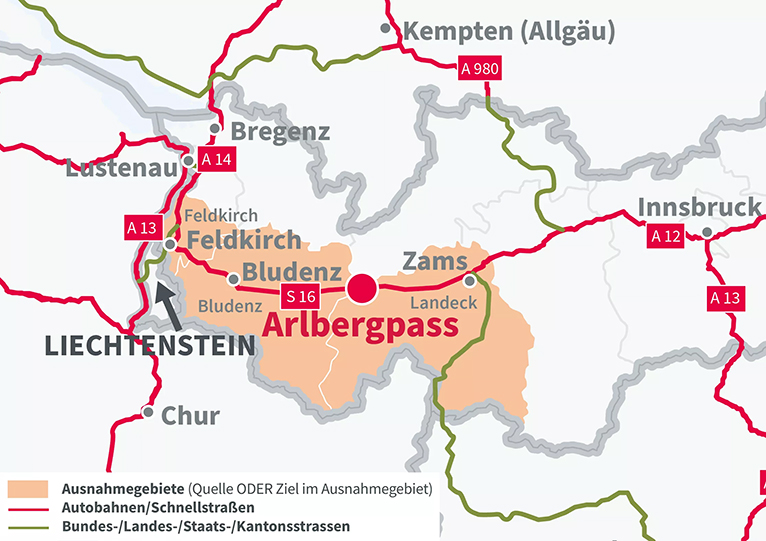
◾ Northwest-southeast traffic: if the point of departure or the destination is located in Vorarlberg, in Liechtenstein, in the districts of Lake Constance, Konstanz, Sigmaringen, Tuttlingen, Schwarzwald-Baar or Rottweil, in the cantons of St. Gallen, Thurgau, Appenzell Innerrhoden, Appenzell Ausserrhoden or Glarus and in the provinces of Bolzano, Trento or Belluno. In other words, the B197/L197 road cannot be used as a transit route, for example to shorten the journey through the region.
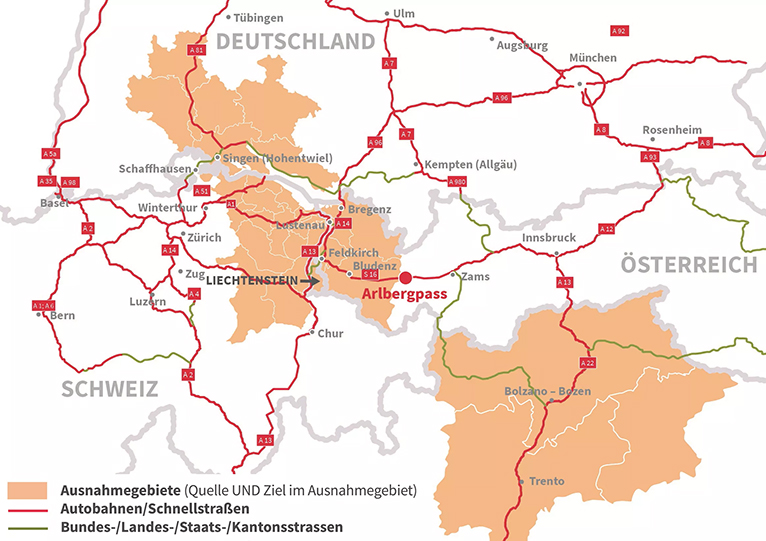
◾ West-east traffic: if the point of departure or the destination is located in Vorarlberg, in Liechtenstein, in the districts of Lake Constance, Konstanz, Sigmaringen, Tuttlingen, Schwarzwald-Baar or Rottweil, in the cantons of St. Gallen, Thurgau, Appenzell Innerrhoden, Appenzell Ausserrhoden, Glarus, Schwyz, Zug, Zurich or Schaffhausen, in the following municipalities/towns in the canton of Graubünden (north of the Chur-Davos line): Ardez, Calfreisen, Castiel, Chur, Conters i. P., Davos, Fanas, Felsberg, Fläsch, Fideris, Flims, Ftan, Furna, Grüsch, Guarda, Haldenstein, Igis, Jenaz, Jenins, Klosters-Serneus, Küblis, Laax, Langwies, Lavin, Lüen, Luzein, Maienfeld, Maladers , Malans, Mastrils, Pagig, Peist, Ramosch, Saas i. P., Samnaun, Says, Schiers, Scuol, Seewis i. P., Sent, St. Antönien, St. Antönien-Ascharina, St. Peter, Susch, Tamins, Tarasp, Trimmis, Trin, Tschlin, Untervaz, Valzeina or Zizers AND in the Tyrolean districts of Landeck, Imst, Innsbruck – Stadt, Innsbruck – Land or Schwaz. In other words, the B197/L197 road cannot be used as a transit route, for example to shorten the journey through the region.


Weekend closure of the Fréjus tunnel
The the Fréjus tunnel will be completely closed in both directions from Saturday, April 6 to Monday, April 8 (32 hours).
The reason for the closure are maintenance works and safety exercises.
In addition, on the following nights in April an alternating traffic schedule will be used along the entire length of the tunnel between 10:30 PM and 4:30 AM:
4, 5, 9, 10, 11, 12, 13, 16, 17, 18, 19, 20, 23, 26, 27